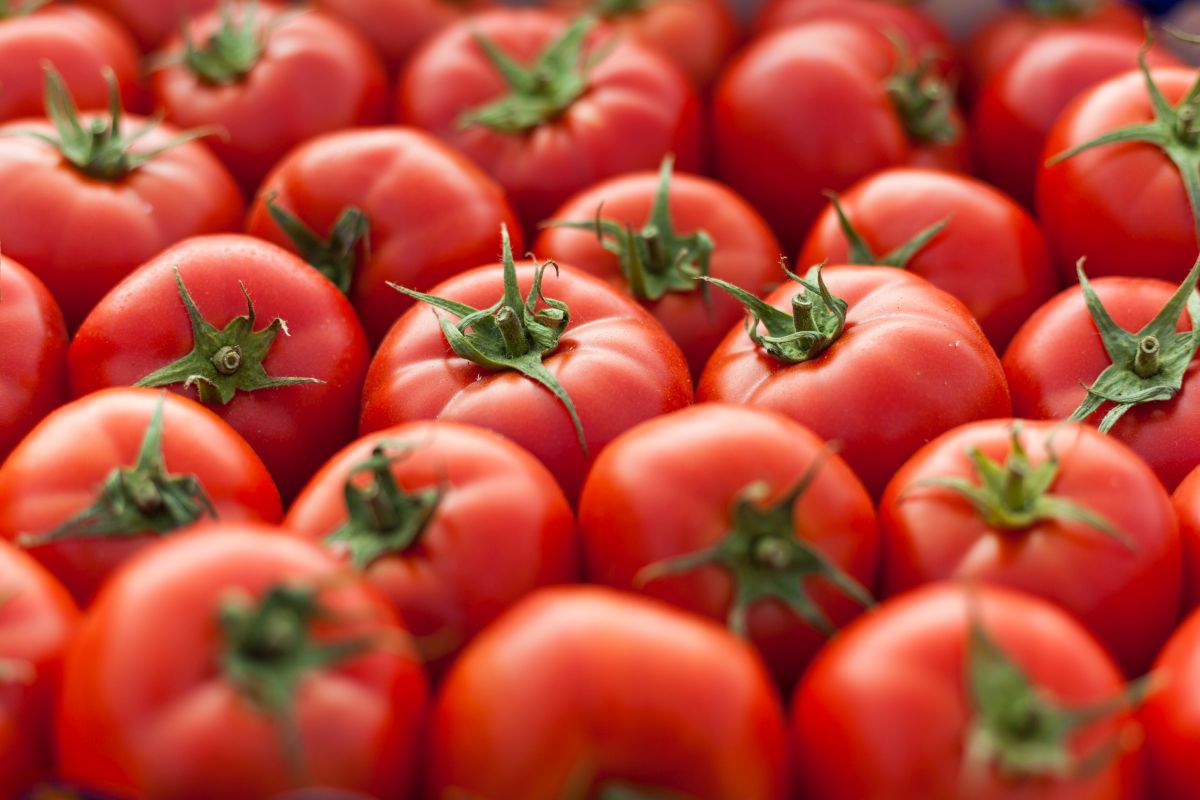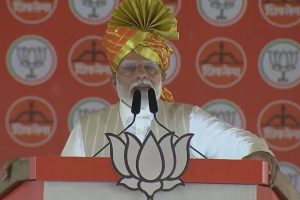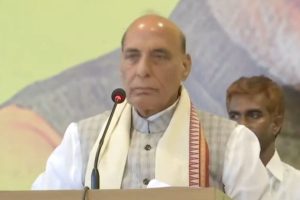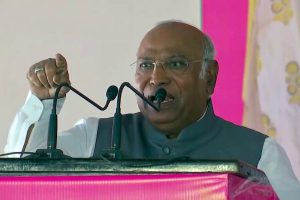Amid a sharp spurt in tomato prices across the country, the Central government has directed its agencies – NAFED and NCCF — to immediately procure the staple vegetable from mandis in key growing states of Andhra Pradesh, Karnataka, and Maharashtra.
The rise in tomato prices is reported across the country, and not just limited to a particular region or geography. In key cities, it rose to as high as Rs 150-160 per kg. Once procured, these will be despatched for simultaneous distribution in major consumption centres where retail prices have recorded maximum increase in the past one month.
The periods during July-August and October-November are generally the lean production months for tomato.
The stocks of tomato will be distributed through retail outlets at “discounted prices” to the consumers in Delhi NCR region by Friday, this week, said a food ministry release Wednesday.
“The targeted centres for release (of tomato) have been identified on the basis of absolute increase in retail prices over the past one month in centres where prevailing prices are above the All-India average.”
Tomato is produced almost in all the states in India, though in varying quantities. Maximum production is in southern and western regions of India, contributing 56-58 of total production.
“Southern and Western regions being surplus states, feed to other markets depending on production seasons. The production seasons are also different across regions. The peak harvesting season occurs from December to February.”
“The cycle of planting and harvesting seasons and variation across regions are primarily responsible for price seasonality in Tomato. Apart from the normal price seasonality, temporary supply chain disruptions and crop damage due to adverse weather conditions etc. often lead to sudden spikes in prices.”
The government attributed the rise in prices to the monsoon season, saying that it added to further challenges related to distribution and increased transit losses. Tomatoes have a relatively lower shelf life.
Currently, the supplies coming to markets in Gujarat, Madhya Pradesh and some other states are mostly from Maharashtra especially Satara, Narayangaon, and Nashik which is expected to last till this month end.
Madanapalle (Chittoor) in Andhra Pradesh also has continued arrivals in reasonable quantities. The arrivals in Delhi NCR are mainly from Himachal Pradesh and some quantity comes from Kolar in Karnataka.
New crop arrivals are expected soon from Nashik district. Furthermore, in August, additional supply is expected to come from Narayangaon and Aurangabad belt. Madhya Pradesh arrivals are also expected to start.
“Prices are anticipated to cool down in the near future, accordingly,” the food ministry asserted.
According to the database maintained by the Price Monitoring Division under the Department of Consumer Affairs, per kilogram tomato on average rose by Rs 60-100 this month of what they were in retail markets in early June. Data showed prices of tomatoes in Delhi rose from Rs 20 per kg in early June to Rs 110 last week. Similarly, in Chennai, Ahmedabad, and Kolkata, three key consuming regions, they rose to Rs 117, Rs 100, and Rs 148.
Data showed the rates of the staple vegetable tomato were in tune with the rise in their prices in wholesale markets, which jumped substantially on average in June.
With rising tomato prices, analysts expect India’s retail inflation data for June, to be released later today, may see an uptick.
Retail inflation in India eased in May to 4.25 per cent, hitting a two-year low. It was at 4.7 per cent in April and 5.7 per cent in March. RBI’s consistent monetary policy tightening since mid-2022 could be attributed to India’s substantial decline in inflation numbers.
India’s retail inflation was above RBI’s 6 per cent target for three consecutive quarters and had managed to fall back to the RBI’s comfort zone only in November 2022.











